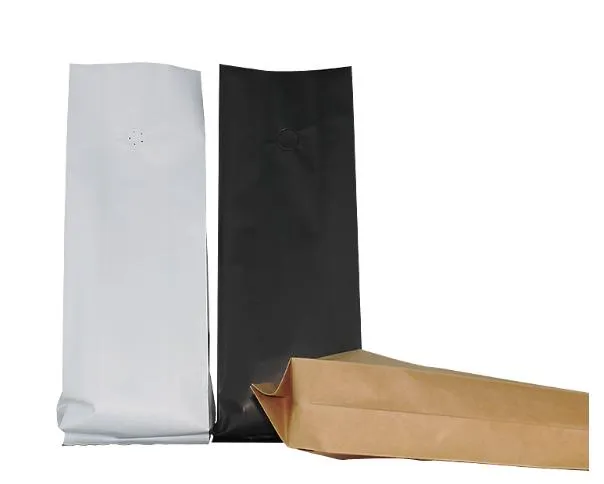Email: enid@bc-pak.com
Tel: 86-757- 88811186
- Afrikaans
- Albanian
- Amharic
- Arabic
- Armenian
- Azerbaijani
- Basque
- Belarusian
- Bengali
- Bosnian
- Bulgarian
- Catalan
- Cebuano
- chinese_simplified
- chinese_traditional
- Corsican
- Croatian
- Czech
- Danish
- Dutch
- English
- Esperanto
- Estonian
- Finnish
- French
- Frisian
- Galician
- Georgian
- German
- Greek
- Gujarati
- haitian_creole
- hausa
- hawaiian
- Hebrew
- Hindi
- Miao
- Hungarian
- Icelandic
- igbo
- Indonesian
- irish
- Italian
- Japanese
- Javanese
- Kannada
- kazakh
- Khmer
- Rwandese
- Korean
- Kurdish
- Kyrgyz
- Lao
- Latin
- Latvian
- Lithuanian
- Luxembourgish
- Macedonian
- Malgashi
- Malay
- Malayalam
- Maltese
- Maori
- Marathi
- Mongolian
- Myanmar
- Nepali
- Norwegian
- Norwegian
- Occitan
- Pashto
- Persian
- Polish
- Portuguese
- Punjabi
- Romanian
- Russian
- Samoan
- scottish-gaelic
- Serbian
- Sesotho
- Shona
- Sindhi
- Sinhala
- Slovak
- Slovenian
- Somali
- Spanish
- Sundanese
- Swahili
- Swedish
- Tagalog
- Tajik
- Tamil
- Tatar
- Telugu
- Thai
- Turkish
- Turkmen
- Ukrainian
- Urdu
- Uighur
- Uzbek
- Vietnamese
- Welsh
- Bantu
- Yiddish
- Yoruba
- Zulu
what is 1 mil
Views :
Update time : Feb . 19, 2025 00:57
Understanding precise measurements can be crucial, particularly when dealing with products that require a high level of accuracy and precision. One term that often appears in this context is 1 mil, which can be confusing due to its specific use in different industries. Here, we demystify 1 mil by exploring its applications, significance, and benefits across various sectors.
1 mil further finds its importance in the automotive sector, where paint thickness measurements often use this term. Ensuring uniform paint thickness during vehicle manufacturing not only influences aesthetics but also impacts corrosion resistance and longevity. A typical automotive paint thickness might range from 4 to 7 mils, depending on the layer and specification requirements. The precise understanding of mil as a unit of measurement builds the foundation for trust in industries that prioritize standards and quality. When businesses accurately measure and use materials and components, they ensure the safety and satisfaction of consumers, thereby reinforcing brand reputation and trustworthiness. Furthermore, adhering to precise measurements helps companies avoid costly material waste, align with industry standards, and remain competitive in highly regulated markets. As awareness of environmental sustainability grows, the significance of precise measurement and material optimization cannot be understated. Companies are constantly innovating to produce thinner, more resilient materials, thus reducing environmental impact without compromising quality – all of which hinge on understanding and applying measurements like mil effectively. Moreover, by educating consumers and stakeholders on product specifications such as 1 mil, businesses demonstrate transparency and expertise, key elements in building authoritative and trusted brand relationships. Customers are more likely to trust and engage with companies that openly share critical product information, ensuring expectations align with delivered performance. In conclusion, the term 1 mil is more than just a simple measurement—it's a vital component in many industries that impacts production quality, product performance, and consumer trust. Through understanding and utilizing this small unit of measurement, businesses can enhance their operations, contribute to sustainability, and ultimately provide better products and services to their customers.


1 mil further finds its importance in the automotive sector, where paint thickness measurements often use this term. Ensuring uniform paint thickness during vehicle manufacturing not only influences aesthetics but also impacts corrosion resistance and longevity. A typical automotive paint thickness might range from 4 to 7 mils, depending on the layer and specification requirements. The precise understanding of mil as a unit of measurement builds the foundation for trust in industries that prioritize standards and quality. When businesses accurately measure and use materials and components, they ensure the safety and satisfaction of consumers, thereby reinforcing brand reputation and trustworthiness. Furthermore, adhering to precise measurements helps companies avoid costly material waste, align with industry standards, and remain competitive in highly regulated markets. As awareness of environmental sustainability grows, the significance of precise measurement and material optimization cannot be understated. Companies are constantly innovating to produce thinner, more resilient materials, thus reducing environmental impact without compromising quality – all of which hinge on understanding and applying measurements like mil effectively. Moreover, by educating consumers and stakeholders on product specifications such as 1 mil, businesses demonstrate transparency and expertise, key elements in building authoritative and trusted brand relationships. Customers are more likely to trust and engage with companies that openly share critical product information, ensuring expectations align with delivered performance. In conclusion, the term 1 mil is more than just a simple measurement—it's a vital component in many industries that impacts production quality, product performance, and consumer trust. Through understanding and utilizing this small unit of measurement, businesses can enhance their operations, contribute to sustainability, and ultimately provide better products and services to their customers.
Recommend products
Read More >>
Related News
Read More >>













